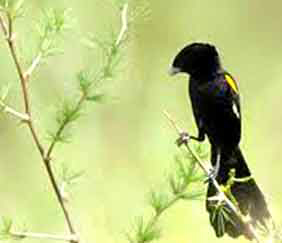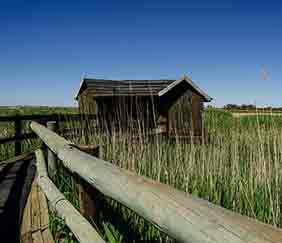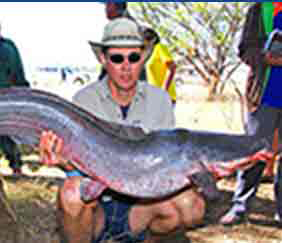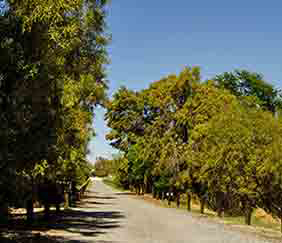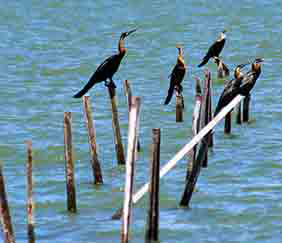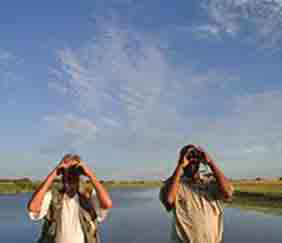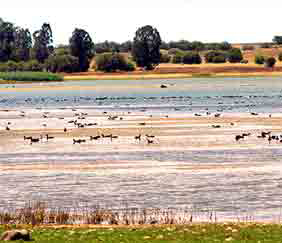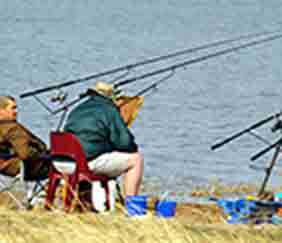BARBERSPAN BIRD SANCTUARY
The Barberspan Bird Sanctuary
Is a 2000 ha body of water located between Delareyville and Sannieshof. The Reserve is a pioneer in ornithological research. Bird Life South Africa has declared it an important national birding site. Given that it is also a RAMSAR Convention-accredited wetland of international importance for migratory birds and waterfowl, it is well worth a visit.
Accommodation
Self-catering accommodation is available in two rustic houses sleeping 6 and 8 people respectively. Each house is equipped with a bathroom and separate toilets, the smaller house also has a shower in the bathroom, electricity, a fridge, stove, furniture, beds with mattresses, and an outdoor braai facility.
NB: Bring your own bedding, pots, crockery and cutlery when sleeping in either of the houses.
Location
Barberspan can be reached via a number of routes to Delareyville. The pans are located 17 km north west of Delareyville on the N14 to Sannieshof, 307 km from Johannesburg; an easy 3 hour drive.
Infrastructure
The Roads are suitable for all vehicles. No power boats are permitted on the pans. Canoes and rowing boats are restricted to the southern sector.
General
The pans, which are fed intermittently by the Harts River, are an important drought refuge for waterfowl which arrive in numbers from the surrounding pans to wait out the dry season. Barberspan and the adjacent Leeupan, connected by a shallow channel, are over 4 000 ha in extent comprising shallow alkaline waters ideally suited to the many species which favour such conditions. The area around Barberspan is undulating grassland and agricultural land, leaving the pans largely undisturbed. Certain areas on the pans are designated for anglers to enjoy excellent fishing opportunities for carp, barbel and yellowfish.
Bird-Life
The Barberspan Bird Sanctuary is unique to South Africa, and the world, due to the sheer number and variety of birds to be seen on the pans. 365 species have been recorded, including a number of rare migrants, making Barberspan an essential stopover for all birders. Pelicans and flamingo, grebes, terns, herons, cranes, ibis and bitterns to mention just a few. All but one of the South African duck species have been recorded at the pans.
